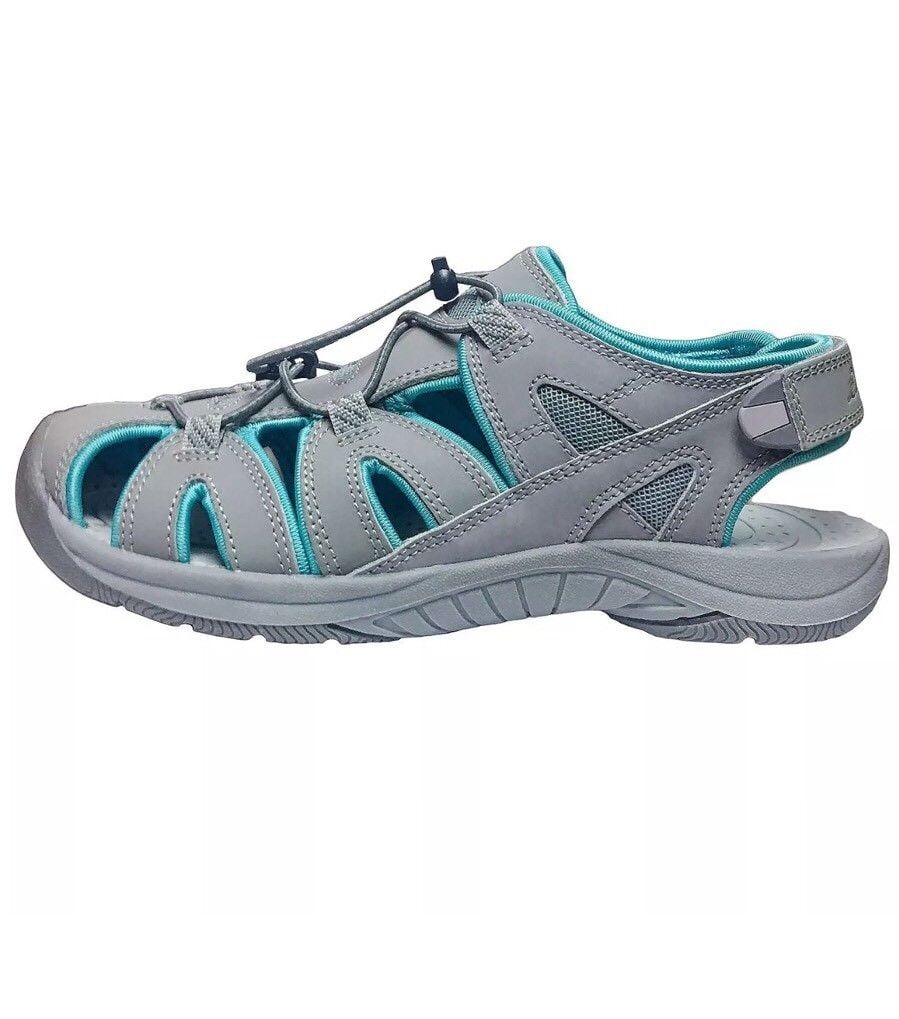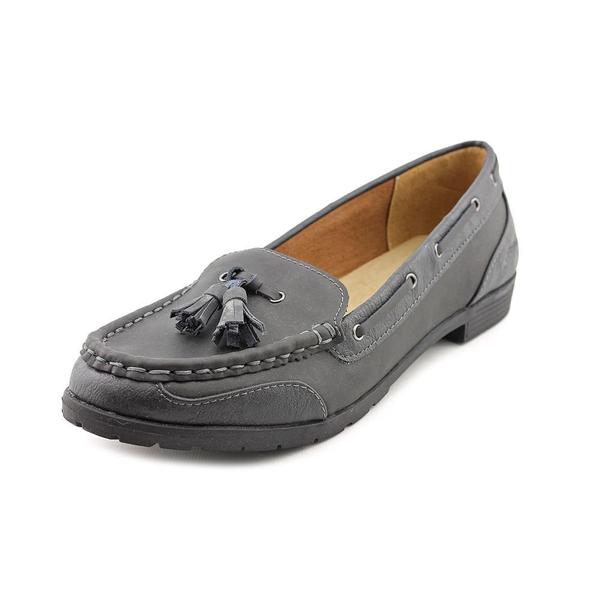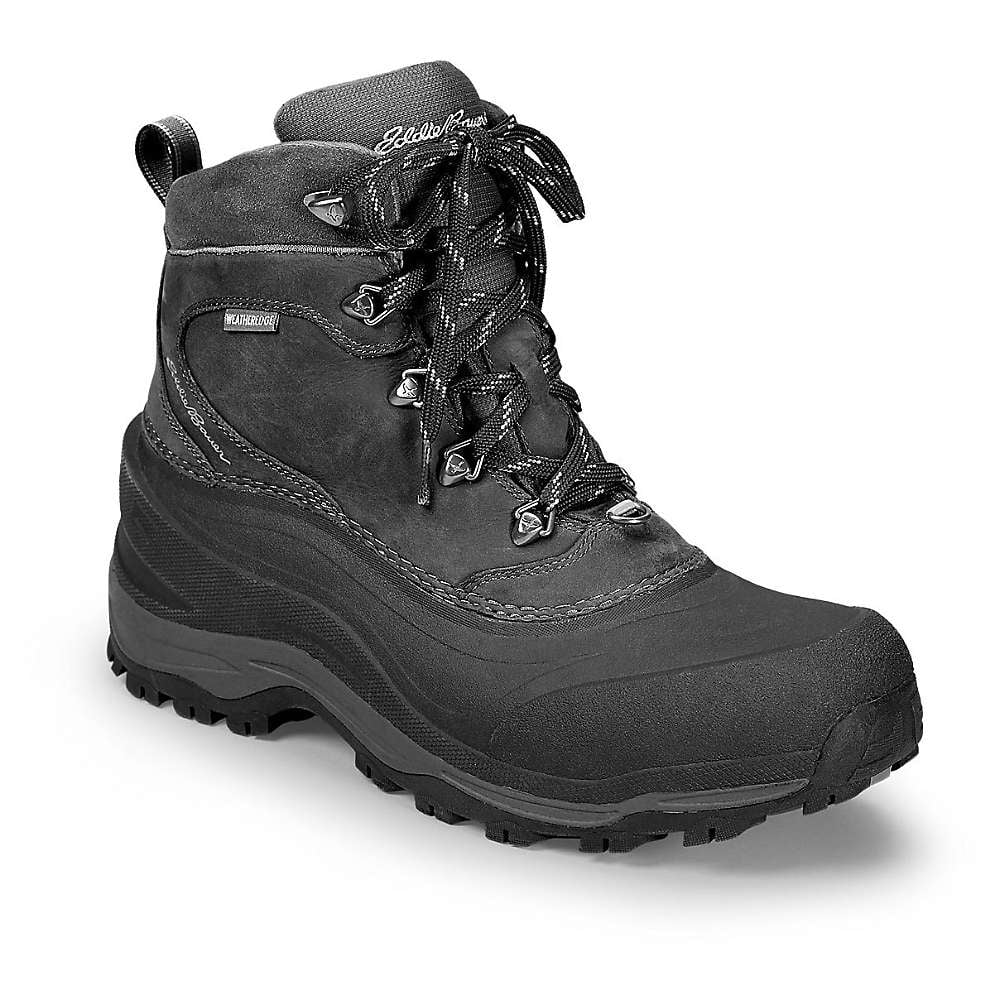
The boots stayed comfortable in temperatures ranging from the mid-20s to mid-80s. In all testing conditions the Guide Pros’ breathability was very good. As well, the Guide Pros dried slowly after soakings like these. Although my feet ultimately stayed dry for the remainder of my outing, the boots became a bit heavier and my feet were definitely chilled given the cold temps. For instance, on one very snowy hike on Buck Hill in the Blue Hills the full-grained leather outers soaked through in less than 30 minutes. On the wettest and snowiest of my testing days, however, the weatherproofing was average. The Guide Pros’ weatherproofing was excellent in light to moderate rain. I had a similar adjustment period with the Guide Pro’s heel cup, finding that I had to tie the uppers tight to keep my heel from rising. As mentioned, the uppers were also a bit wide and it took some lacing experiments before I got a good fit. In particular, the toe box felt a touch oversized, although folks with wide forefeet will likely appreciate that.

And these nimble and light boots fit right out of the box, with zero break-in time required.įor my narrow feet with high arches, the fit was good but not perfect. The EVA midsole and nylon shank have provided an almost-sneaker-like cushion for the entire testing period. In terms of comfort, the Guide Pros were outstanding, and I found myself wearing them again and again for that reason. That said, it did take some lacing experiments to get the full-grain leather and mesh uppers tight around my admittedly-thin ankles. This included days where I was carrying a tool-laden trail maintenance pack.

The Guide Pro’s Ankle support was quite good. Similarly, in wet conditions, the traction was average for a hiking boot. I noticed minor performance limitations on technical, rocky uphills and short, easy fourth-class scrambles due to the oversized toe box and outside edges that were a little too floppy for precision footwork. And on steep slabby descents-like the descent off Hawk Hill in the Blue Hills-the soles would stick like crazy as long as the conditions were dry. It was good (but not exceptional) on rockier trails and in off-trail sections of open forest.

Eddie bauer shoes pro#
The MultiPitch Pro 2.0 outsole’s Vibram® XS Trek rubber excelled on fire roads and smooth singletrack. During these outings, my pack weighed up to 35-40 pounds and the boots got a lot of abuse as I cleared downed trees and rebuilt water bars. The Guide Pros have also been my boot of choice for some trail maintenance projects that I’ve been doing in the Blue Hills.

Trail types varied from basic fire roads to steep uphill/downhill single track and off-trail exploring through talus and forest. Temperatures during the testing period have ranged from the high teens to the upper 90s, with ground conditions that included hot and dry, mud, a variety of snow types (fresh snow, packed snow, sleet, melting snow, and ice), and multiple rainy days. I’ve used the boots on everything from shorter hikes ranging from 40 minutes and a couple of miles to much longer outings in the five-hour range. If you need a three-season hiking boot for the White Mountains or the like, these are definitely worth checking out.Īs with my AKU Nubuck Riservas and my Wolverine ShiftPlus Polar Range Boas, my two primary testing areas for the Guide Pros have been New Hampshire’s White Mountains and the Blue Hills Reservation in Massachusetts. Between the waterproof full-grain leather, comfy EVA midsole, and solid traction, I’ve found them to be a great daily driver. I’ve got a pair to test in July 2020 and have been wearing them ever since on hikes across Eastern Massachusetts and in the White Mountains. The premier hiking boot in Eddie Bauer’s footwear line, the Guide Pro Boot delivers on its promise.


 0 kommentar(er)
0 kommentar(er)
